The Best Guide to The Caucasus: Where Europe Meets Asia

Updated On: April 23, 2024 by Fatma Mohamed
Straddling the boundary between Europe and Asia, the Caucasus region offers a complex tapestry of cultures, languages, and landscapes. Occupying a land area that serves as a natural divider, the Caucasus Mountains have historically functioned as a barrier and a bridge between the two continents.
This region, which boasts Europe’s highest peak, Mount Elbrus, is a testament to the geographic diversity that can define and connect vast territories, where European and Asian influences interweave to form a rich mosaic. Beyond its geographical significance, the Caucasus is steeped in a history that is as varied as its topography. The region has been a crossroads of empires, civilisations, and trade routes for millennia, moulding a unique political landscape reflective of its position at the convergence of East and West.
Additionally, the Caucasus presents a vibrant cultural heritage alongside contemporary issues that reflect its role in current geopolitical dialogues. Regarding all these factors, we will shed light on our journey today on this amazing region and its importance and influences. So, why don’t you join us? Let’s start!
Table of Contents
Geographical Significance of the Caucasus
In our examination of the Caucasus, we recognise its prominent role as a physical and cultural bridge between Europe and Asia.
Natural Boundaries and Landscapes
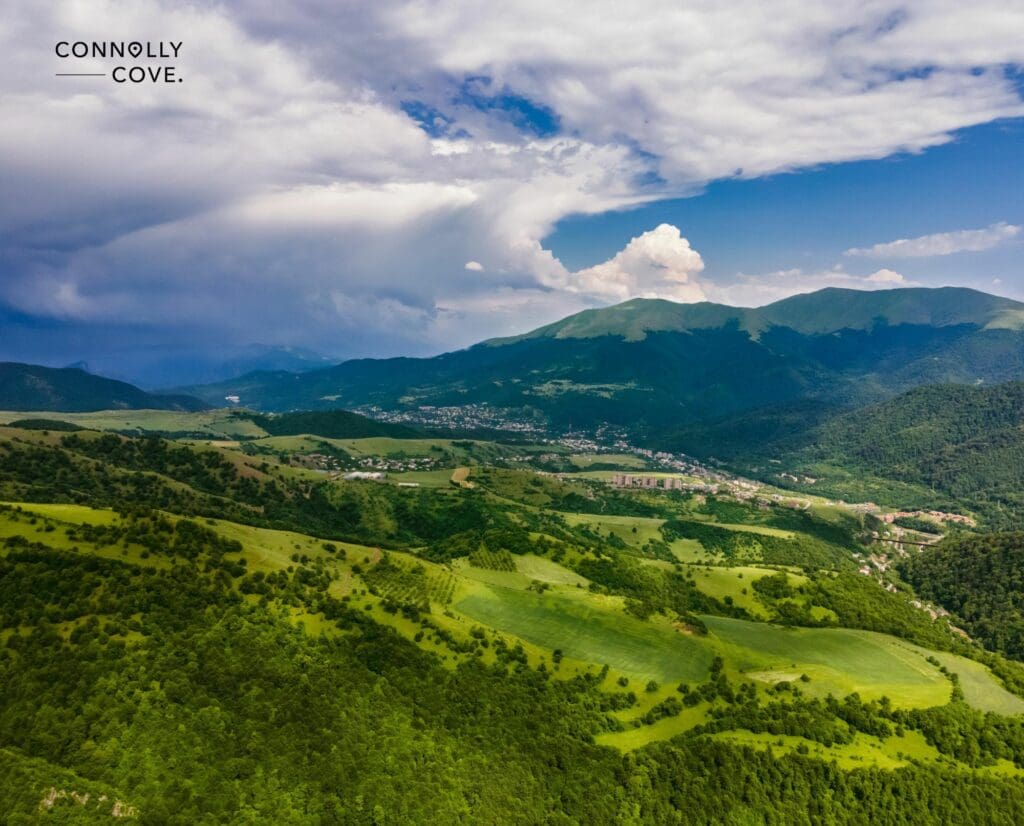
The Caucasus Mountains form a spectacular barrier between Eastern Europe and Western Asia, serving as a natural border that spans roughly 1,100 kilometres from the Black Sea to the Caspian Sea. This mountain system comprises two main ranges: the Greater Caucasus to the north, hosting the highest peak in Europe, Mount Elbrus, and the Lesser Caucasus to the south.
These lofty mountains are complemented by lush valleys and dense forests, which create a diverse tapestry of landscapes. The Kuma-Manych Depression to the north often serves as a geographical demarcation line, posing the question of whether the Caucasus lies in Europe or Asia. This region is further defined by several rivers that form part of the watershed, delineating the distinctive features of the area.
Strategic Location Between Continents
Strategically positioned, the Caucasus occupies a key location between continents. The link between the Black Sea and the Caspian Sea via the Caucasus enhances its geopolitical importance.
Historically and presently, this region has been a crossroads for trade, culture, and military routes. The Caucasus Mountains have also played a crucial role, influencing climate patterns and dictating the flow of species and peoples between the two continents.
Historical Context
In the tapestry of world history, this incredible region serves as a pivotal junction where cultural legacies and powerful empires have crossed paths. Our exploration delves into the rich past of this region, unveiling the deep-rooted traditions and mythologies that have shaped it.
Ancient Civilisations and Myths
The Caucasus has always been steeped in legend and folklore, with its history intertwined with tales from Ancient Greek mythology. It is famously known as the land where Prometheus was bound as punishment for bringing fire to humanity.
Additionally, the real-life chronicles are equally fascinating. Kingdoms such as Colchis, claimed by some to be the destination of Jason and the Argonauts, were prominent in the region and influential in the development of early Caucasian civilisation.
Influence of Empires
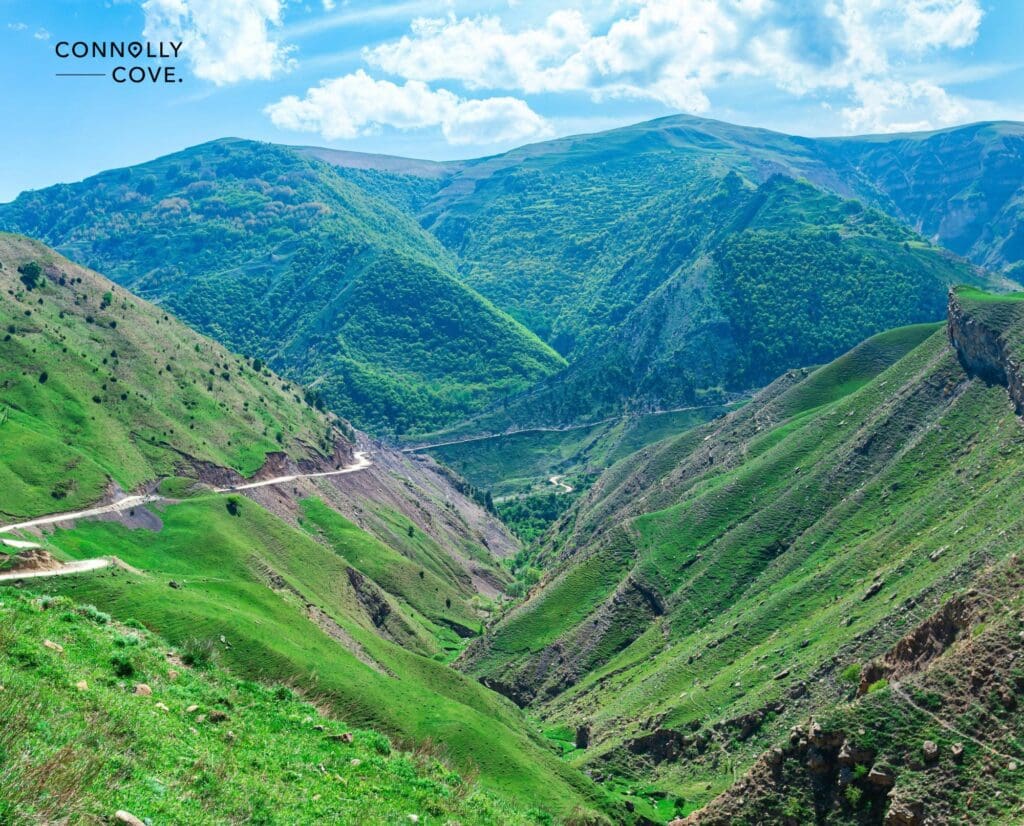
Over millennia, the Caucasus has seen the ebb and flow of various empires, each leaving an indelible mark on the region’s cultural and religious landscape. The region’s role as a boundary between great powers is underscored by the influence of the Byzantine and Ottoman empires.
Moreover, the region’s history has been shaped by the Persian and Roman presences, establishing the Caucasus as a critical crossroad of imperial ambitions.
Political Landscape
In assessing the political landscape of the Caucasus, it is essential to consider both the contemporary sovereign states and the recent conflicts that have influenced regional stability.
Modern Nation States
The Caucasus region serves as a borderland where the influences of Europe and Asia converge, creating a unique blend of cultures and political dynamics. Following the dissolution of the Soviet Union, the region saw the emergence of independent republics such as Georgia, Azerbaijan, and Armenia, each with its own political systems and alignments.
Georgia and Azerbaijan have made concerted efforts to align more closely with Western institutions, including aspirations towards the European Union, while Armenia has maintained stronger ties with Russia. The Russian Federation itself still exerts significant influence over the region, particularly within the North Caucasus Federal Republics.
Recent Conflicts and Resolutions
Conflicts in the Caucasus have often been centred around separatist regions and the geopolitical interests of neighbouring powers like Russia, Turkey, and Iran. Notably, disputes in Abkhazia and South Ossetia have affected Georgia’s political landscape and territorial integrity, with Russian involvement being a point of international contention.
The Nagorno-Karabakh conflict between Azerbaijan and Armenia has been a significant source of instability, although a Russia-brokered ceasefire in recent years has brought about a fragile peace. These conflicts not only underscore the complex interplay of local nationalist movements and external powers but also challenge the broader aspirations of convergence with European institutions.
Socio-Cultural Tapestry

The Caucasus region is renowned for its intricate socio-cultural tapestry, which is characterised by a rich mosaic of ethnic groups, languages, and religious practices.
Ethnic Groups and Languages
Within the rugged terrains of the Caucasus, we find an exceptional array of ethnic identities, each with its own distinct languages and cultural heritage. This region is home to more than 50 ethnic groups, presenting an unparalleled level of linguistic diversity.
Prominent ethnicities include Armenians, Azerbaijanis, Georgians, and various peoples of the North Caucasus, such as the Adyghe and the Chechens. Each area, from Adygea to Dagestan and Ingushetia, contributes to the vibrancy of the Caucasus.
Languages spoken here cross several linguistic families, including the Turkic, Indo-European, and Northwest Caucasian linguistic families. The Turkic languages are spoken by ethnic groups such as the Azerbaijanis, Kumyks, and Balkars, while Armenian, Russian, and Georgian illustrate the presence of Indo-European languages. The North Caucasus adds even more variety with languages such as Chechen and Ingush.
Religious Beliefs and Practices
Religion in the Caucasus reflects the wide-ranging ethnic tapestry, spanning predominantly Christian and Muslim faiths with a multitude of traditions within each. Despite each group’s distinct religious and cultural diversity, a shared history of living side-by-side has led to an interwoven community exemplifying the harmony possible within diverse cultures.
Economic Aspects

We find the Caucasus region remarkable for its blend of rich natural resources and strategic location. This intercontinental junction has etched an economic niche, particularly through its oil industry and pivotal role in Eurasian trade.
Natural Resources and Industry
The Caucasus, particularly Azerbaijan, is blessed with abundant oil reserves. The exploitation of these resources, mainly around the Caspian Sea, has been vital for the region’s economic growth. Azerbaijan’s capital city of Baku stands as a testament to the oil boom that transformed it into an industrial hub.
Russia and Türkiye also play significant roles in the industry, given their geographical proximity to energy resources. The oil and gas sector fuels not only local economies but also contributes to the energy security of Europe and Asia. Beyond hydrocarbons, the region is also known for its minerals and agricultural products.
Trade and Connectivity
The Caucasus serves as a crucial transit corridor connecting Europe to Asia. This pivotal role is supported by infrastructure along the Black Sea and through Türkiye, opening up significant trade routes. The development of the Baku-Tbilisi-Kars railway further enhances this trait, linking the Caspian region directly with Türkiye.
Azerbaijan acts as a gatekeeper for numerous pipelines and transport lines. Thus, the country’s investment in transportation and logistics has amplified its strategic economic position, making it a linchpin in the burgeoning Eurasian trade network.
Environmental Features
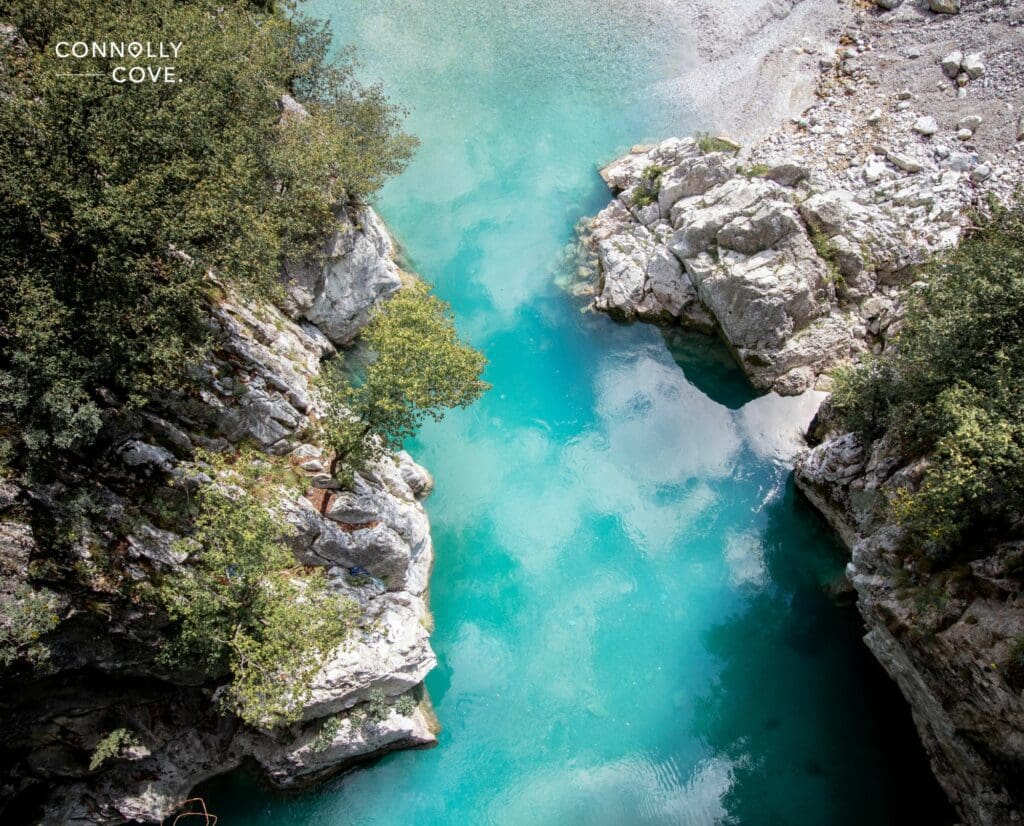
The Caucasus region, an area at the crossroads of Europe and Asia, is distinguished by its diverse array of environmental features. Encompassing the dynamic Greater Caucasus Range that forms a natural barrier between the continents. Its landscapes are rich in biodiversity, and ongoing conservation efforts aim to safeguard its unique natural heritage.
Flora and Fauna
Greater Caucasus Range
Endemic Species:
- Over 6,400 plant species
- Home to the Caucasian leopard
Caucasus Region
Ecosystems:
- Broadleaf, coniferous forests
- Alpine meadows, wetlands
In the rich tapestry of the Greater Caucasus Range and its surrounding lowlands, we find a multitude of ecosystems ranging from dense forests to high-altitude alpine meadows. The region harbours more than 6,400 plant species, some of which are endemic to this region. Notably, the forests around the Greater Caucasus are a sanctuary for an impressive range of fauna, including the rare Caucasian leopard and the Caucasian red deer.
Conservation Efforts
Initiatives
- Protected areas establishment
- International collaboration focused on the Caspian Sea and Black Sea basins
Challenges
- Habitat fragmentation
- Poaching and illegal trade
Our commitment to conservation in the Caucasus is paramount, as evidenced by the establishment of numerous protected areas and the emphasis on international cooperation to manage and protect the diverse ecosystems found here.
Cultural Heritage
Our journey through the Caucasus reveals a region steeped in a rich cultural tapestry woven by the various peoples who call it home. From the aromatic kitchens of Yerevan to the soulful traditions of Tbilisi, we discover a heritage that vividly embodies the confluence of Europe and Asia.
Cuisine and Gastronomy
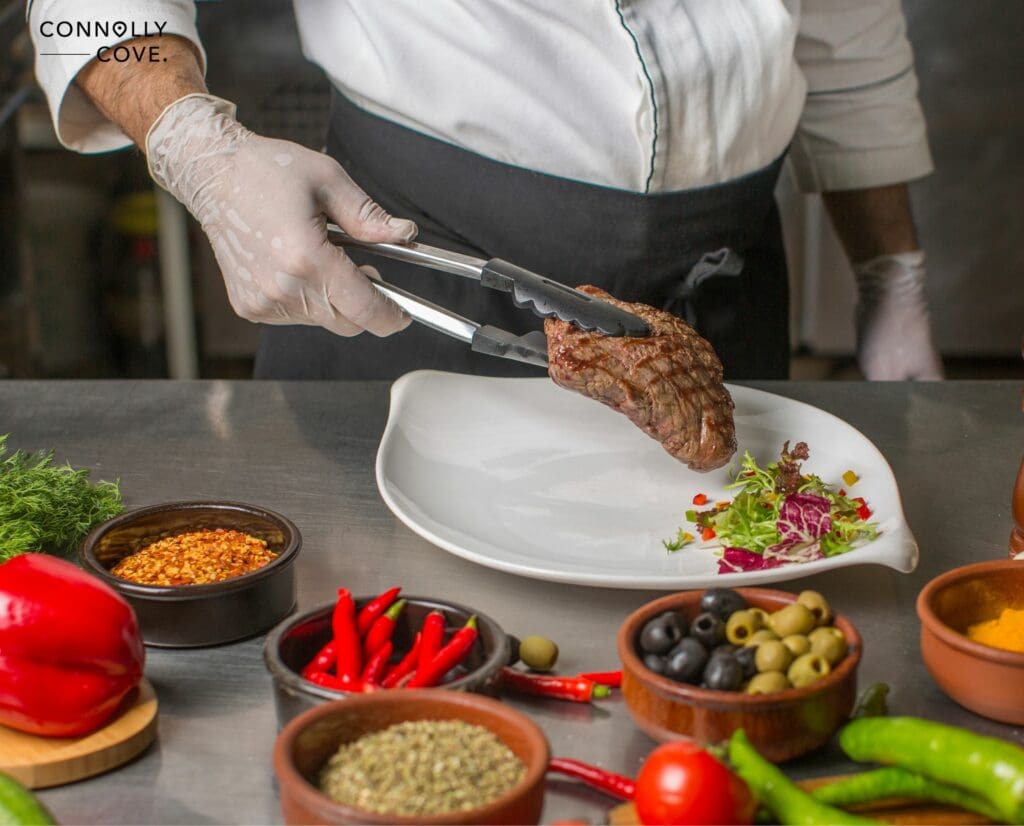
Georgian Delicacies: Georgian cuisine is both hearty and vibrant, reflecting the fertile valleys and rugged mountains from which it originates. The country’s signature dish, khachapuri, is a cheese-filled bread that encapsulates Georgia’s warm hospitality. At the heart of Georgian conviviality is the supra, or feast, where dishes like khinkali (dumplings) and sizzling shashlik (skewered meat) create a mosaic of flavours.
Armenian Flavours: Armenia’s culinary offerings are rich with tradition. In Yerevan, the aroma of fresh lavash, a traditional soft, thin flatbread, fills the air, pairing beautifully with an array of meze-style appetisers. The use of fresh herbs and spices enlivens Armenian dishes such as dolma and vine leaves stuffed with a fusion of meat and grains.
Azerbaijani Contributions: Azerbaijan’s cuisine is a testament to the land’s diversity — a merger of sweet, sour, and spice. Flavoursome plov, a saffron-scented rice dish often adorned with dried fruits and nuts, showcases the nation’s love for elaborate rice dishes, while savoury kebabs capture the essence of its rich pastoral culture.
Customs and Traditions
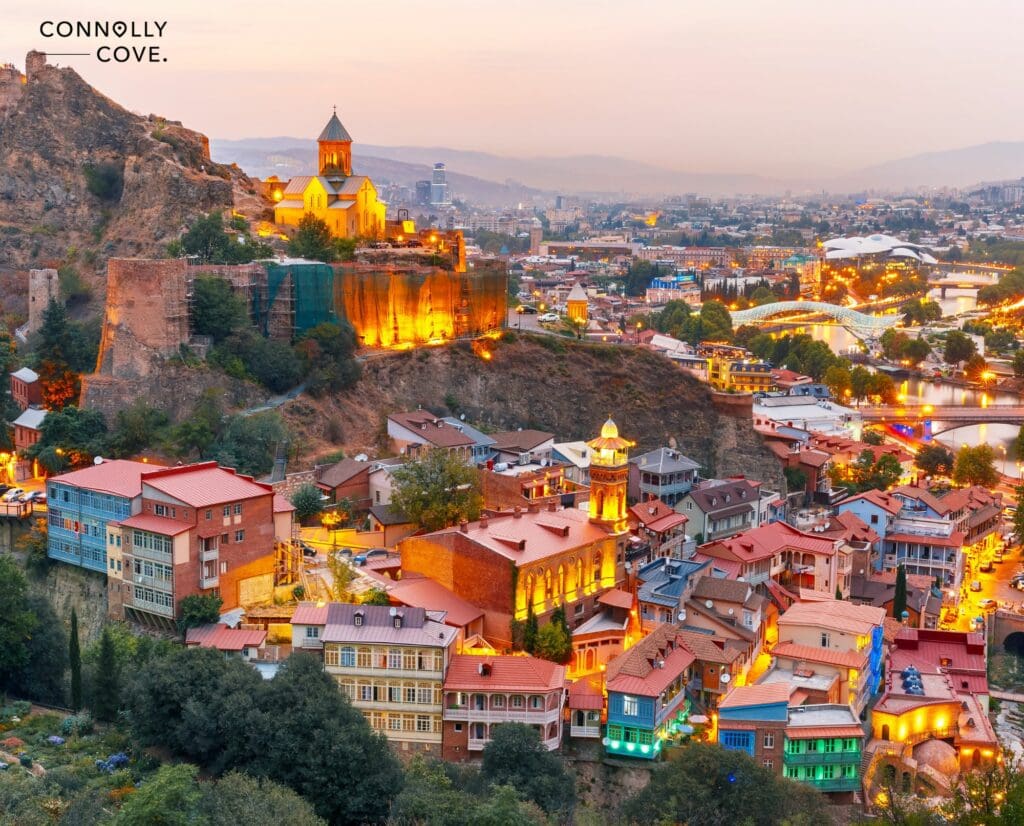
Georgian Hospitality: In Georgia, tamada, or toast-making, is an art form integral to the social fabric of Tbilisi and beyond. The tamada guides guests through a series of toasts, cementing camaraderie among diners. This deep-rooted tradition exemplifies the communal spirit of Georgian gatherings.
Armenian Heritage: Within the Armenian cultural landscape, age-old practices are preserved with great reverence. From the intricate patterns woven into Armenian carpets to the soulful melodies of the duduk, an ancient double-reed woodwind instrument, each element of Armenian culture is a thread in the fabric of their storied identity.
Azeri Rituals: Azerbaijan’s traditions highlight a rich tapestry of cultural influences. Traditional dances, like the lezginka, burst with energy and are often performed at weddings, offering a glimpse into Azeri celebrations and conveying stories of courting and community life.
Contemporary Issues
In exploring the dynamic region where Europe converges with Asia, we observe the Caucasus grappling with intricate contemporary issues, from geopolitical challenges to the pressing need for advancing social and economic development.
Geopolitical Challenges
The Caucasus is a region where geopolitical struggles reverberate due to its critical position at the crossroads of Europe and Asia. Relations in the South Caucasus are particularly tense, with the area experiencing a spectrum of conflicts, such as the Nagorno-Karabakh dispute between ethnic Armenians and Azerbaijan.
Russia’s influence is a dominant force, with the Kremlin keen on preserving its sphere of influence against other regional powers like Türkiye and Iran. The secessionist conflicts in areas such as Chechnya and North Ossetia further compound the region’s political landscape.
Additionally, the independence movements across the region have historically led to extensive periods of unrest and continue to shape the geopolitical fabric.
Social and Economic Development
Within the sphere of social and economic development, we’re witnessing the Caucasus undergo a period of significant transformation. Moreover, this process is impeded by the challenges posed by geopolitical conflicts. For instance, the civil war in Tajikistan and the aftermath of two wars in Chechnya have hindered prosperity.
The influence of larger powers affects the region’s autonomy, limiting opportunities for economic growth. Migration largely precipitated by these struggles also shapes the social panorama, with many seeking a better life elsewhere.
Broadly, the region is striving to forge a path to sustainable development amidst these trials, as delineated in the Central Asia and the South Caucasus Draw Closer article, which envisions the emergence of new bridges between the EU and other major economies.
Tourism and Travel
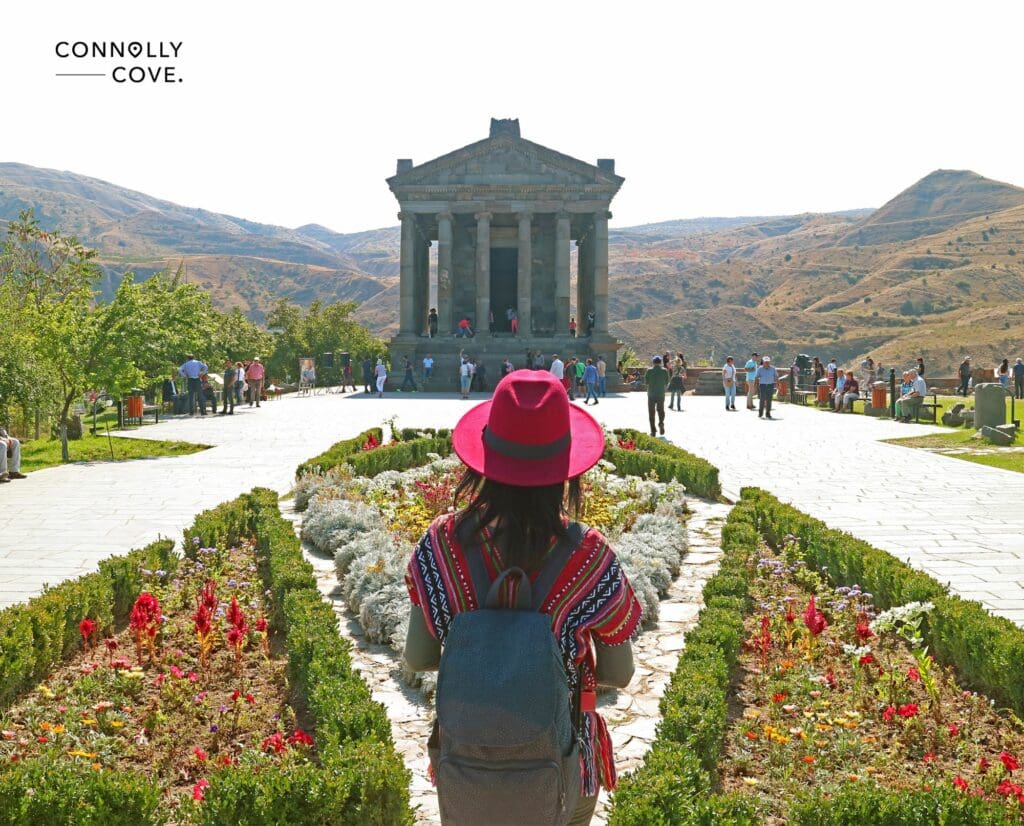
The Caucasus, a region at the crossroads of Europe and Asia, offers a unique blend of natural beauty, ancient history, and cultural richness. Visitors can explore everything from majestic mountains and serene lakes to vibrant cities steeped in history.
Popular Destinations
Georgia: Renowned for its diverse landscapes, Georgia boasts the charming capital of Tbilisi, where historic architecture meets contemporary culture. The country’s mountainous terrain is also home to many ski resorts, making it a year-round destination.
Armenia: Housing the stunning Lake Sevan and part of the Armenian Highland, Armenia captivates visitors with its natural splendour and the symbol of national pride, Mount Ararat.
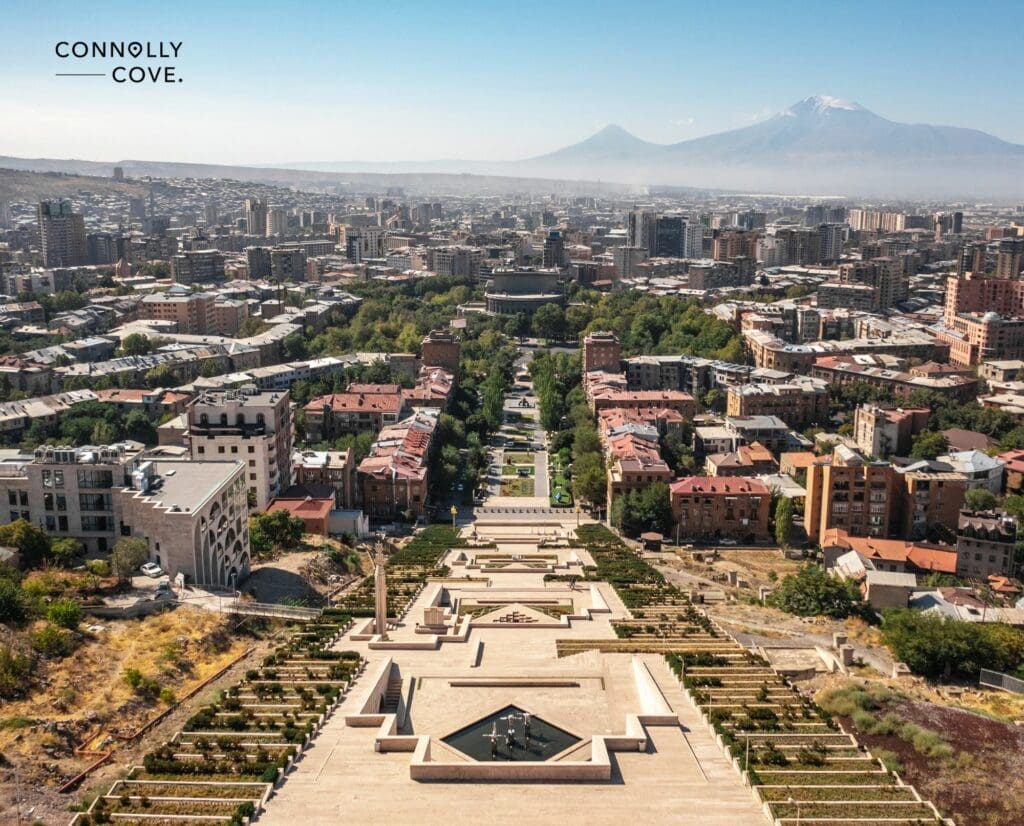
Azerbaijan: Azerbaijan is a contrast of the old and new, prominently displayed in its capital, Baku, which pairs modern architecture with historical sites like the 12th-century Inner City.
Adventure and Exploration
For those seeking adventure, the Caucasus offers unparalleled opportunities. Mount Elbrus stands as Europe’s highest peak, challenging even the most seasoned climbers. The region’s craggy terrain and diverse climates make it perfect for hiking, with trails such as the Transcaucasian Trail connecting villages with ancient footpaths.
Explorers can also uncover historical gems like Armenia’s medieval monasteries nestled amongst rugged mountains or venture into Azerbaijan’s Gobustan to view rock art that spans over 6,000 years.
Final Thoughts!
Here, dear reader, we reached the last station of our captivating journey through the diverse landscapes, rich history, and unique cultures of the Caucasus region, where Europe seamlessly converges with Asia. This guide unveils the hidden gems and cultural tapestry of this extraordinary crossroads, inviting you to explore the charm that lies at the intersection of two continents. Embrace the enchanting allure of the Caucasus, where every step uncovers a new chapter in a story that transcends borders and bridges the gap between East and West.






